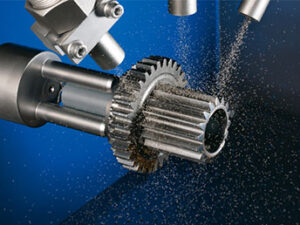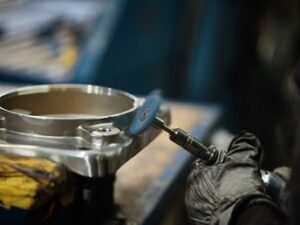Anodizing can improve the corrosion resistance of aluminum alloys, increase the surface hardness and wear resistance of aluminum alloys, and have a good appearance after coloring treatment. Type II traditional anodizing and Type III hard coat anodizing service is available.
| Maximum Bend Length | 47 in. |
| Minimum Qualifying Part Size | 0.05 in x 0.05 in (12.7mm x 12.7mm) for formed parts |
| Maximum Pressing Force | 80 tons |
| Bend Angles | 1 degree ‘kick’ to 135 degrees |
| Bending Output | Linear bends—external and internal flanges |
| Maximum U-Channel Ratio | 2:1 (width:height) |
| Internal Radius Tooling Options |
0.01 in. to 1 in. (standard tooling increments) >1 in. radius bends will be bump formed |
| Offsets | Standard offset tooling sizes |
| Hems | Closed hems up to 47 in., open hems up to 36 in. |
| Forming Best Practices |
> Relieve bends in CAD designs > For best price and lead time, use manufacturer-recommended radius tooling Ensure appropriate placement of nearby features (e.g., holes, hardware inserts, other bends) |







